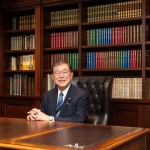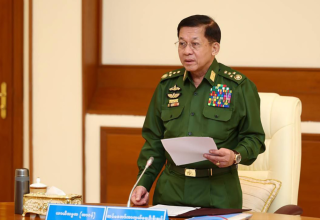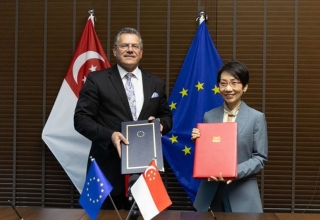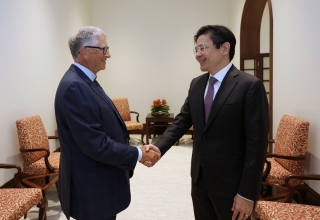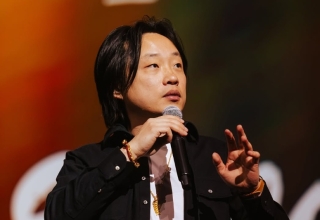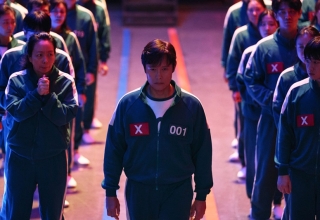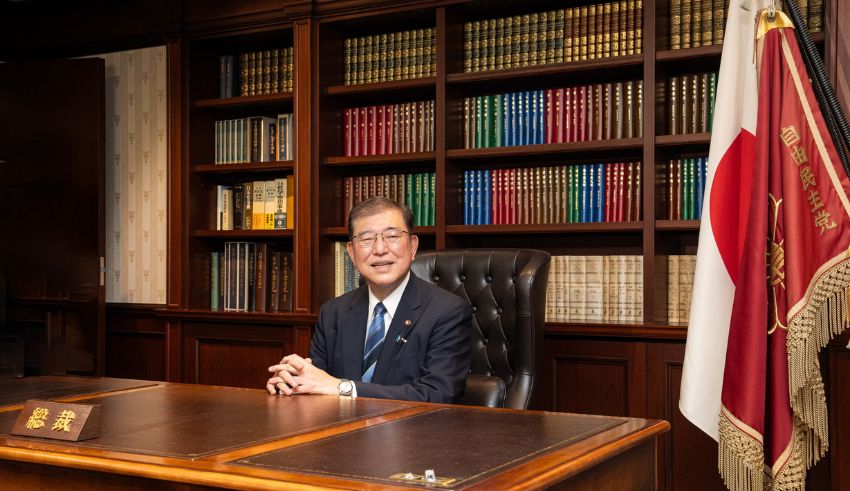
On Tuesday, 67-year-old former defense minister Shigeru Ishiba is likely to be formally voted in by parliament as Japan’s next prime minister. Following a fiercely contested vote last week to head the ruling Liberal Democratic Party (LDP), Ishiba will now concentrate on healing internal party strife and getting ready for a quick general election set for October 27. Given the LDP’s majority in parliament, which guarantees his official designation for the post, his appointment as prime minister is all but assured.
Official Appointment and Ceremony at Imperial Palace Tokyo
Following which Ishiba will be formally selected as prime minister by Emperor Naruhito in a ceremonial event at Tokyo’s Imperial Palace, the vote in parliament is expected to finish by 1:40 p.m. local time (0440 GMT). Following the official protocols, Ishiba will reveal his cabinet and later on Tuesday he is expected to have a news conference to go over his ideas for the nation and the approaching election.
Ishiba’s Political Path and Challenges in Leadership
Having lost in four past leadership elections, Ishiba’s ascent to power follows years of trying to guide the LDP. His tenacity and final triumph characterize him as something of an outsider in the party, a reputation that has defined most of his political career. Still, he has already started selecting important cabinet and party officials to present a unified face before the general election.
Two of his adversaries from the leadership campaign are among the people chosen to serve his cabinet. Previously serving under former prime minister Shinzo Abe, Katsunobu Kato will take over as finance minister; this post will be widely observed given the significance of Japan’s monetary and fiscal policies. Yoshimasa Hayashi will remain chief cabinet secretary, a crucial position that entails serving as the main government spokesman, meanwhile.
Key Appointments to Lead Government of Ishiba
In readiness for Ishiba’s leadership, several other crucial appointments have also been announced. Former defense minister Takeshi Iwaya, close friend of Ishiba, will be nominated foreign minister; Gen Nakatani is scheduled to return to the defense ministry, a role he held in 2016. Further defining the heart of Ishiba’s new government is Yoji Muto, a former junior minister, who will oversee industry ministry, commerce, and the economy.
Given his experience in important posts under Abe’s government, which was renowned for its tough fiscal and monetary policies meant to boost the economy, Kato’s appointment as finance minister is especially notable. As Ishiba negotiates economic difficulties, especially in view of worldwide uncertainty and internal pressures, this will be a crucial issue to monitor. The closest in over seven decades, the current leadership battle saw Ishiba defeat hardline conservative Sanae Takaichi by barely 215 votes to 194, underscoring the severe party differences.
Reactions in Markets and Economic Implications
The financial markets have already responded to Ishiba’s leadership triumph; the Nikkei stock index dropped about 5% on Monday, partially because of the rising value of the yen. Particularly considering the difference between Ishiba and Takaichi, who is renowned for her more aggressive fiscal expansion posture, investors are intently observing the economic policies of the incoming administration. Although Tuesday’s market showed indications of improvement, the economic situation is still unknown as Ishiba takes office and starts to define his strategy for handling Japan’s financial and budgetary problems.
After barely losing the leadership contest, Takaichi allegedly turned down a prominent party post. Her absence from a major role could impede Ishiba’s attempts to unite the LDP since the party still struggles with internal conflicts resulting from different scandals. For Ishiba getting ready to lead the party into the October snap election, managing these differences will be vital.
Keep Reading
Public Opinion and Voting Forecast
Notwithstanding internal strife and recent scandals, the LDP faces, the party is still preferred to hold power in the next election. A weekend poll carried out by the Mainichi daily shows that the LDP still enjoys strong public support—about one-third of respondents indicated for the party. By comparison, the Constitutional Democratic Party of Japan, the main opposition, got barely 15% of support.
Fascinatingly, including those who support opposing parties, more than half of the respondents expressed hope about Ishiba’s appointment. This implies that Ishiba might have the chance to heal rifts not only inside the LDP but also over the larger political terrain. His popularity in public opinion polls and the LDP’s historical supremacy in post-war Japanese politics help him to be a strong candidate to guide the nation through the forthcoming election.
A New Chapter Under Ishiba’s Direction for Japan
With Shigeru Ishiba about to take office, his leadership signals a fresh chapter for Japan. Ishiba will rapidly focus on healing party rifts and getting ready for the election, which will be a vital test of his capacity to lead both his party and the nation, with the formalities of his appointment due to end on Tuesday. His performance in handling the political and financial obstacles ahead would define his legacy as prime minister and his capacity to guide Japan towards stability and expansion in the next few years.
Ishiba’s cabinet nominations and policy pronouncements will be extensively examined in the next few days both locally and abroad. As Japan enters a moment of uncertainty and change, his leadership style—especially in addressing party divides and interacting with opposition—will help to define the political terrain. The result of the October 27 election will finally determine whether Ishiba can negotiate the difficult issues confronting Japan and confirm his leadership status.
